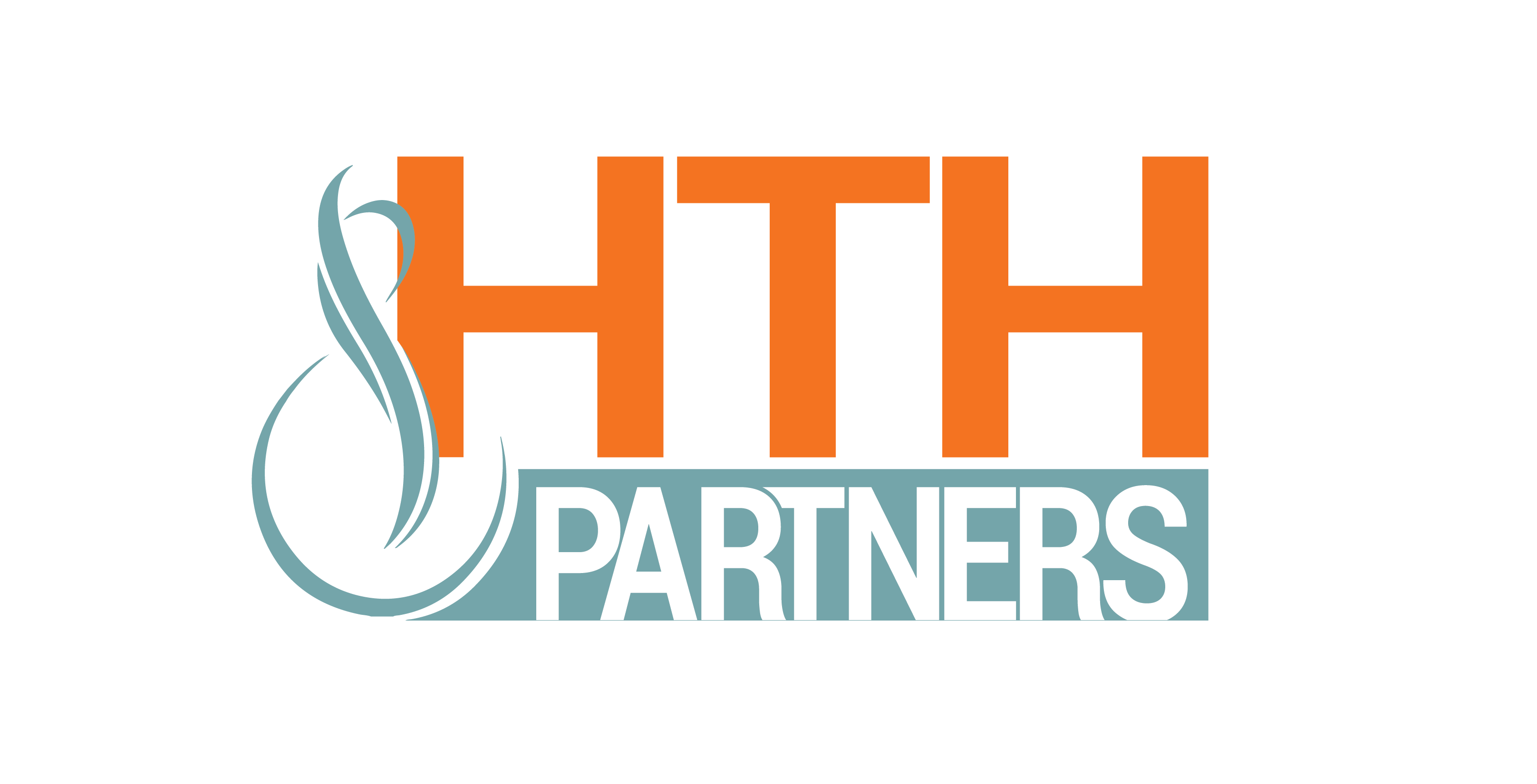Under Decree No. 31/2021/ND-CP dated March 26, 2021, issued by the Vietnamese Government, 32 industries have been designated as eligible for special investment incentives to attract capital, promote sustainable economic development, and advance cutting-edge technology. These industries are categorized into four main groups: high technology and supporting industries, agriculture, environmental protection and infrastructure, and culture, society, sports, and healthcare. This article provides a detailed overview of these industries, the associated incentives, and related procedures, ensuring accuracy and compliance with legal regulations.
Mục lục bài viết
1. List of 32 Industries Eligible for Special Investment Incentives
1.1. High Technology, Information Technology, and Supporting Industries (8 industries)
- Development and application of high technology as prioritized by the Prime Minister.
- Production of high-tech products listed for prioritized development.
- Manufacturing of supporting industrial products prioritized for development under applicable laws.
- Incubation of high technology, incubation of high-tech enterprises; venture capital investment in high technology; research, application, and production of biotechnology products; training of human resources and provision of high-tech services.
- Development of software products, digital content, key information technology services; production of cybersecurity products and provision of cybersecurity services in accordance with the law.
- Production of renewable energy, clean energy, or energy from waste treatment.
- Manufacturing of composite materials, lightweight construction materials, and rare materials.
- Production of key mechanical products as designated by the Prime Minister.
1.2. Agriculture (8 industries)
- Cultivation, protection, and development of production forests and large-timber forests; conversion of small-timber forests to large-timber forests; development of non-timber forest products and natural forest restoration.
- Cultivation, processing, and preservation of agricultural, forestry, and aquatic products; processing of non-timber forest products.
- Production, breeding, and hybridization of plant, livestock, forestry, and aquatic species; development of high-tech crop varieties.
- Production, extraction, and refining of salt.
- Offshore fishing with advanced technology; development of fishery logistics services and shipbuilding for fishing.
- Provision of maritime rescue services.
- Research and production of biotechnology products for food purposes.
- Production of wooden furniture and artificial boards (laminated boards, glued laminated timber, MDF boards).
1.3. Environmental Protection and Infrastructure Development (6 industries)
- Centralized collection, treatment, recycling, and reuse of waste.
- Development and operation of infrastructure for industrial parks, export processing zones, high-tech zones, and functional areas within economic zones.
- Investment in the construction and operation of water plants, power plants, water supply and drainage systems, bridges, roads, railways, airports, seaports, inland waterways, airfields, terminals, and other critical infrastructure projects.
- Development of public passenger transport in urban areas.
- Construction and operation of rural markets.
- Development and management of technical infrastructure for industrial clusters.
1.4. Culture, Society, Sports, and Healthcare (10 industries)
- Construction of social housing and resettlement housing.
- Investment in facilities for epidemic prevention and control.
- Research and production of new medicines, vaccines, biological products, and veterinary medicines using advanced formulation and biotechnology.
- Production of active pharmaceutical ingredients, essential medicines, herbal medicines, and traditional medicines; production of medicines meeting international GMP standards; production of pharmaceutical packaging.
- Construction of Methadone production facilities.
- Development of high-performance sports training centers, sports facilities for people with disabilities; construction of sports facilities capable of hosting international tournaments.
- Investment in care centers for the elderly, people with disabilities, orphans, and street children; geriatric centers, mental health facilities, and treatment centers for patients affected by Agent Orange.
- Construction of facilities for treatment, education, and social labor; drug, tobacco, and HIV/AIDS rehabilitation centers, and consultation points for addiction treatment support.
- Investment in national museums, ethnic cultural centers, ethnic art troupes, theaters, film studios, art exhibition venues; production and preservation of traditional musical instruments; development of traditional craft villages and public libraries.
- Development of facilities to support the prevention of gender-based violence and assistance for community-based sex workers.

2. Other Industries Eligible for Investment Incentives
In addition to the 32 industries with special incentives, Decree No. 31/2021/ND-CP also specifies other industries eligible for investment incentives with lower benefits, focusing on the following sectors:
2.1. Science, Technology, Electronics, Mechanics, Materials, and Information Technology
- Research and development (R&D).
- Production of high-grade steel, alloys, coke, and activated carbon.
- Manufacturing of energy-saving products, petrochemicals, pharmaceuticals, and basic chemicals.
- Production of automobiles, auto parts, and shipbuilding.
- Manufacturing of machinery and equipment for agriculture, forestry, fisheries, and food processing.
- Production of non-fired construction materials, artificial crushed sand, and materials from waste.
- Production of environmentally friendly transportation vehicles.
2.2. Agriculture
- Cultivation and processing of medicinal herbs; preservation of rare medicinal genetic resources.
- Production of animal feed and aquatic feed.
- Construction of centralized slaughterhouses and facilities for the preservation and processing of livestock and poultry.
- Development of raw material zones for industrial processing.
- Production of biological pesticides and organic fertilizers.
- Cultivation of agricultural, forestry, and aquatic products in value chains or organic agriculture.
2.3. Environmental Protection and Infrastructure
- Construction of worker dormitories, student dormitories, and social housing.
- Handling of environmental incidents, oil spills, and landslides.
- Development of logistics centers, inland container depots, supermarkets, and commercial centers.
- Production of environmental monitoring equipment and wastewater treatment systems.
2.4. Education, Culture, Society, Sports, and Healthcare
- Development of private preschools, general schools, and vocational training institutions.
- Production of medical equipment and pharmaceutical storage facilities.
- Research and production of traditional medicines and veterinary medicines.
- Construction of sports facilities, public libraries, and vocational education quality assurance centers.
3. Forms of Investment Incentives under the Investment Law 2020
According to Article 15 of the Investment Law 2020, the forms of investment incentives include:
- Corporate Income Tax: Application of lower tax rates, exemptions, or reductions as prescribed.
- Import and Export Duties: Exemptions on import duties for fixed assets, raw materials, and supplies used in production.
- Land Use and Lease Fees: Exemptions or reductions in land use fees or land rental taxes.
- Asset Depreciation: Application of accelerated depreciation and increased deductible expenses for tax calculations.
4. Procedures for Applying Investment Incentives
As stipulated in Article 17 of the Investment Law 2020 and Article 23 of Decree No. 31/2021/ND-CP, investors must follow these steps:
Step 1: Determine the Basis for Incentives
- Case 1: Projects with an Investment Registration Certificate, Investment Policy Decision, Science and Technology Enterprise Certificate, or other relevant certificates.
- Case 2: Projects without certificates, where investors self-determine eligibility based on applicable regulations.
Step 2: Submit Application The application dossier includes:
- A request for investment incentives.
- Relevant certificates (if applicable). The dossier is submitted to competent authorities such as tax, finance, or customs agencies.
Step 3: Application Processing The competent authority reviews and applies the incentives within the prescribed timeframe, depending on the type of incentive.
5. Industries Eligible for Corporate Income Tax Incentives in 2024
Industries eligible for corporate income tax incentives include healthcare, education, high technology, science and technology, culture, sports, environmental protection, infrastructure development, and information technology. Detailed regulations are provided in Annex II of Decree No. 31/2021/ND-CP.
Disclaimer:
This article is intended for informational purposes only and does not constitute legal advice from HTH & Partners. The content represents the views of HTH & Partners and is subject to change without prior notice.
The legal provisions referenced in this article were valid at the time of publication but may have been amended or repealed by the time of reading. We strongly recommend consulting a qualified legal professional before applying any information contained herein.



